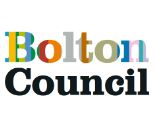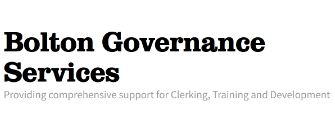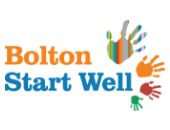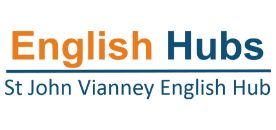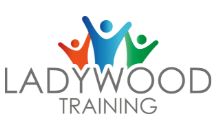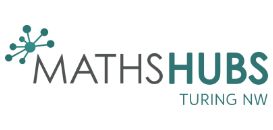Readers’ Theatre
Readers’ theatre can be used in the practise stage of the intervention lesson in order to develop children’s fluency. It involves children reading part of a text aloud as if it were a play script. Children can be allocated or choose a particular part or section of the text to read and be asked to prepare their reading, practising it aloud several times. They then present their prepared reading to the adult and the rest of the group. There is no requirement to memorise anything as they will be reading from the text.
- As readers’ theatre involves an element of presentation it is probably best used when the group are reasonably confident about reading aloud to each other. It is not a strategy to use with children in the early stages of this programme.
- Readers’ theatre is not used here to develop acting or drama skills and there is no need for children to adopt the voice of the character. Our aim is fluent, expressive reading not talking in role
- The best texts for readers’ theatre include lots of dialogue, although the approach can be used with all kinds of texts, including non-fiction texts.
- If the prospect of doing this individually is a bit daunting, then children could practise a section as a pair, agreeing on a shared reading which they later read to the group, working together.
- It might be helpful for the children to be able to annotate the text when doing readers’ theatre, in order to prepare their performance, e.g. identifying and remembering where to pause, when to increase or decrease the volume, or when to increase the pace of the reading. You may need to teach them how to do this efficiently.

